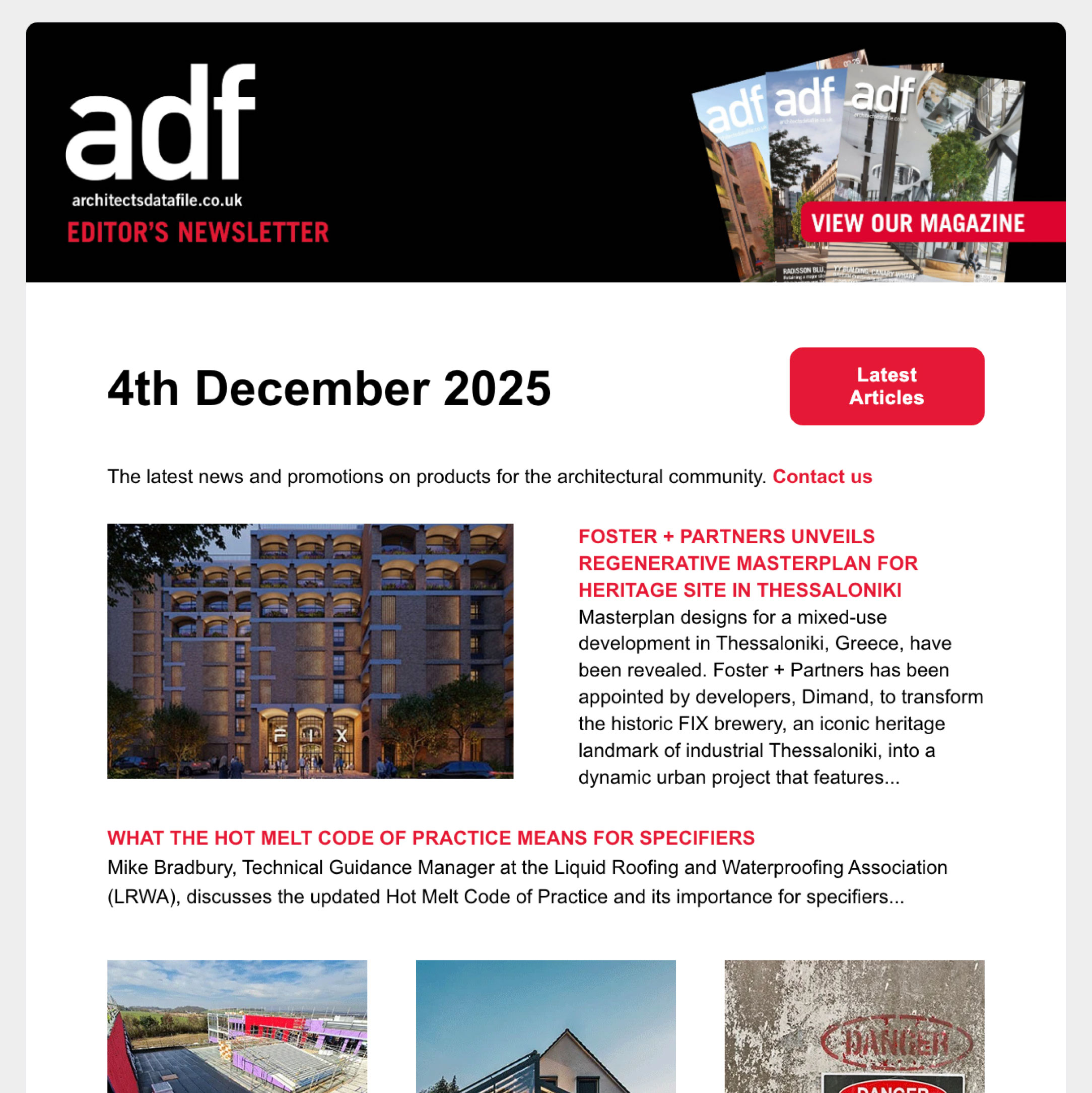Commercial workspace has seen its most significant shift in decades, starting with the rise of remote working and rapidly evolving into hybrid and flexible arrangements. While hybrid work has become the standard for millions, an increasing number of UK businesses are now advocating for employees to spend more time in the office.
In a recent JLL report into workplace wellbeing, three-quarters of firms say collaboration is the main reason for calling staff back, with 41% believing it will improve productivity. However, the productivity benefits of this remain unclear, as many companies continue to overlook the changing needs of employees, and the expectations of their working environments
And the root of the issue? Excessive, unchecked noise.
The productivity conundrum
Getting to the root of the issue is vital for architects when designing and specifying hybrid workspaces. Not only do their clients need to entice staff to want to return, they must also replicate the level of comfort staff experience at home. While acoustic design is often an afterthought in commercial spaces, it plays a vital role in supporting the comfort and wellbeing off staff. It’s clear that businesses can now ill-afford to overlook the importance of noise management for a healthy working environment.
Our 2025 research which polled 2,000 UK office workers, revealed unbearable noise levels are still a high driver of deterring staff away from the office and eroding productivity levels. With more than a quarter (26%), highlighting excessive noise as the reason for delivering ‘poor quality work’ and a drop in job performance. Going further, some have had to work outside of contracted hours to make up for the time lost due to a lack of concentration.
The sound solution
The good news is that it doesn’t need to be this way, and architects have the tools to root out this longstanding issue. One of the most effective methods is through the use of premium acoustics sprays – which can be applied to walls and ceilings and nearly all substrates, making them suitable for a wide range of office workspaces and designs. They have become a popular choice for architects because of their ability to ‘soak up’ sound energy rather than allowing it to reverberate freely.
Acoustic sprays can also be installed without impacting design schemes. Their seamless and decorative finish follows the lines of whatever is underneath, so no matter the configuration of a space, noise will never be an issue. They can also be applied at speed, making them the ideal solution for both Cat A and Cat B refurbishments, allowing for dividing structures such as office pods to be brought in without disrupting the acoustic spray finish on the ceiling above.
Compliance is key
Importantly, a premium acoustic spray will also contribute towards many sustainable design and health certification systems, including BREEAM, SKA, Living Building Challenge and adds up to 7 points towards the LEED (Leadership in Energy and Environmental Design) rating of a project. However, before investing in a spray, it’s important to establish if it is GREENGUARD Gold Certified compliance for Indoor Air Quality, as this will mean it meets the highest welfare standards.
Though, with many products, acoustic sprays also vary in quality and performance. For architects committed to fire safety, selecting an acoustic spray that surpasses the standard requirements of Approved Document B (achieving classifications such as Class 0 to BS476 and B-s1, d0) is vital. Choosing an acoustic spray that emits minimal to no smoke and produces no flaming droplets, will help with the safe escape for building occupants.
Easy on the senses
Although acoustics sprays are a crucial component in solving the productivity challenge in the workplace, other strategies can help when designing for success. Rooms for focus areas and distraction-free phone calls, along with hybrid meeting zones that allow staff to interact freely and collaborate, must be made available.
What’s clear, is that if businesses are serious about improving productivity levels and attracting staff back into the office, improving workplace acoustics will be key to fostering a healthy and motivated office culture. Without it, we’ll see staff continue to resist office attendance.
As the commercial sector turns yet another corner, the industry can remain one step ahead, and it starts by placing acoustic design centre stage. By delivering premium workspaces where employees can thrive, businesses across the country can ensure their offices remain the hub of the company.
The dream? Workspaces that architects are proud of, employers reap the benefits of, and employees are drawn to.
Ben Hancock, MD, Oscar Acoustics



